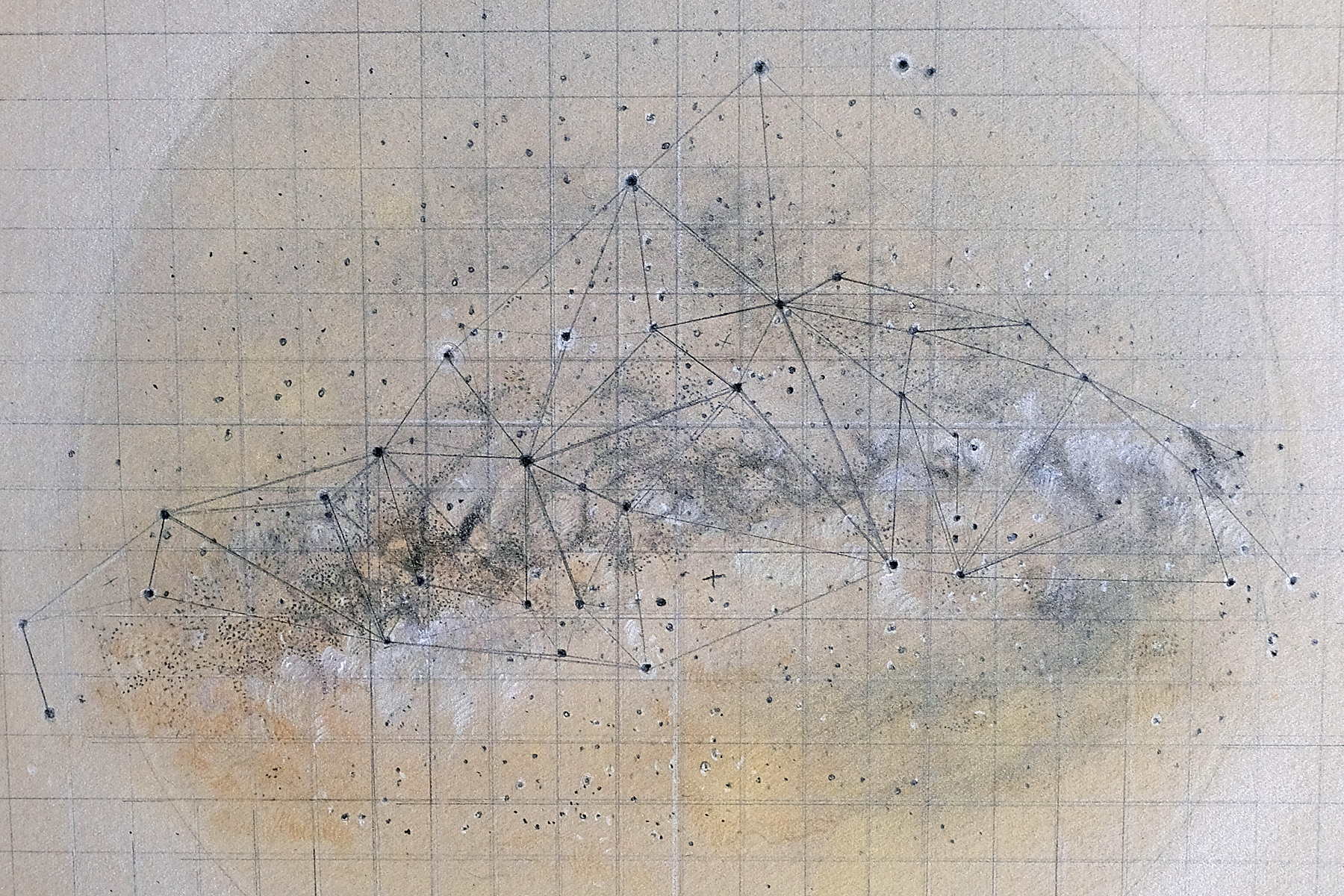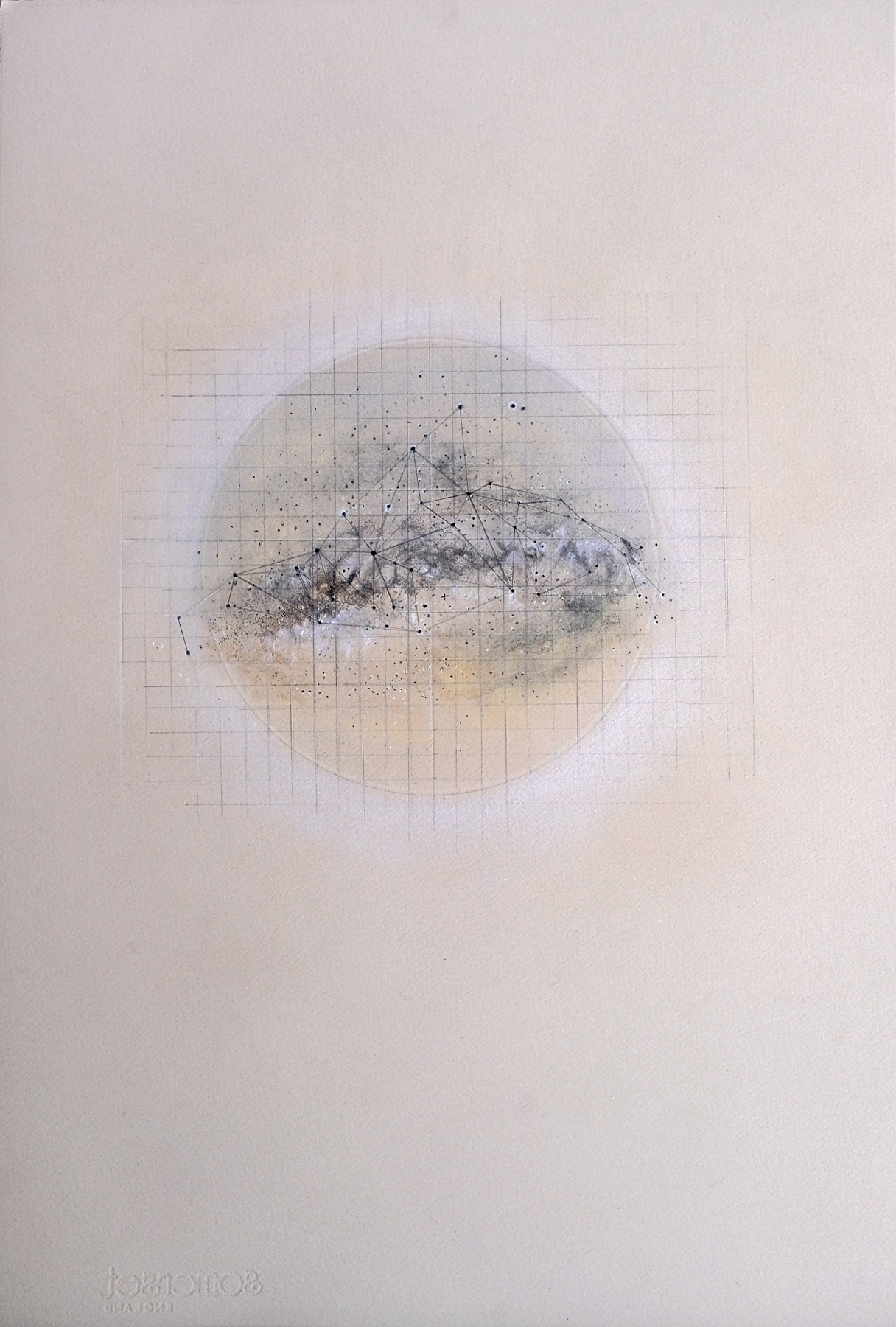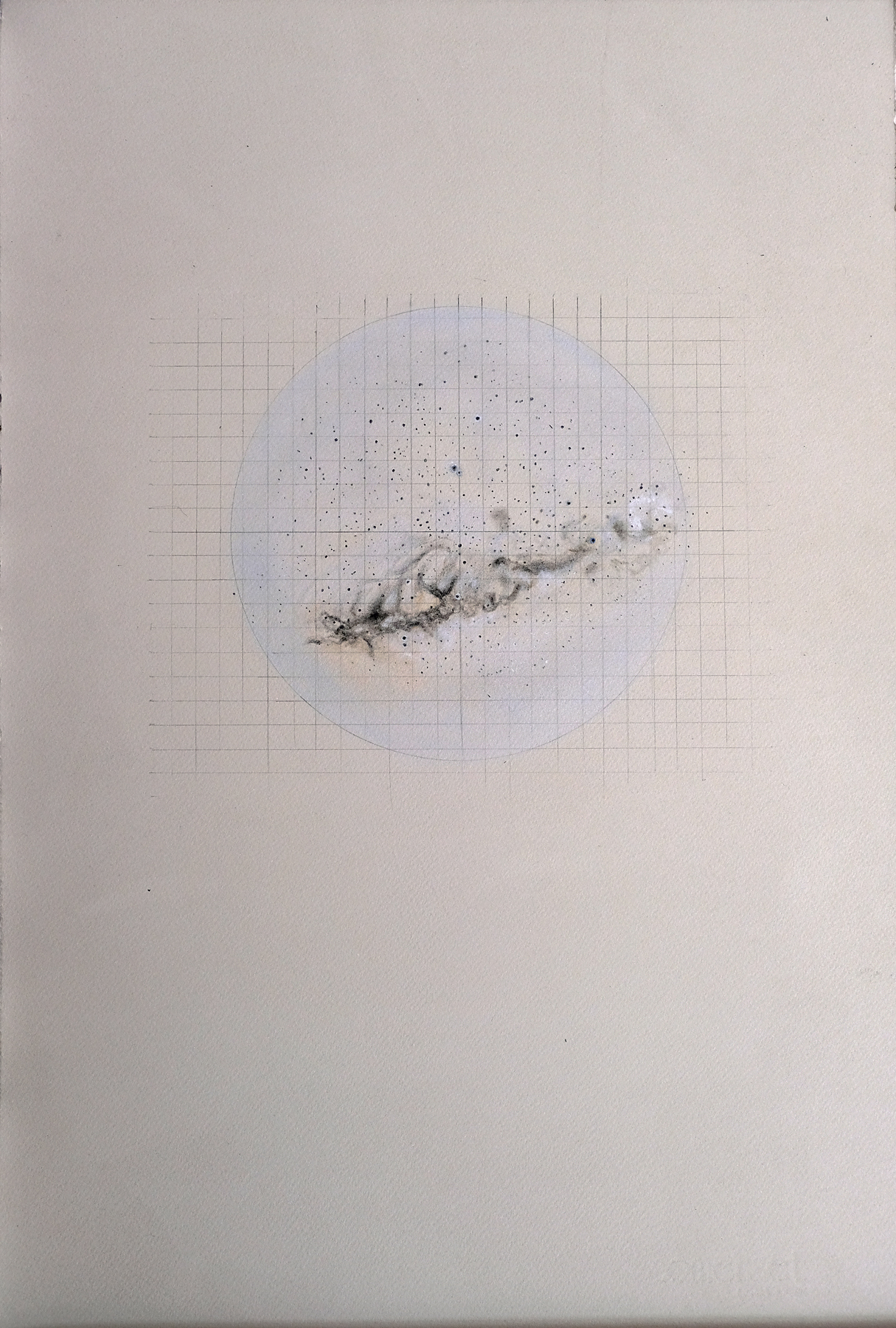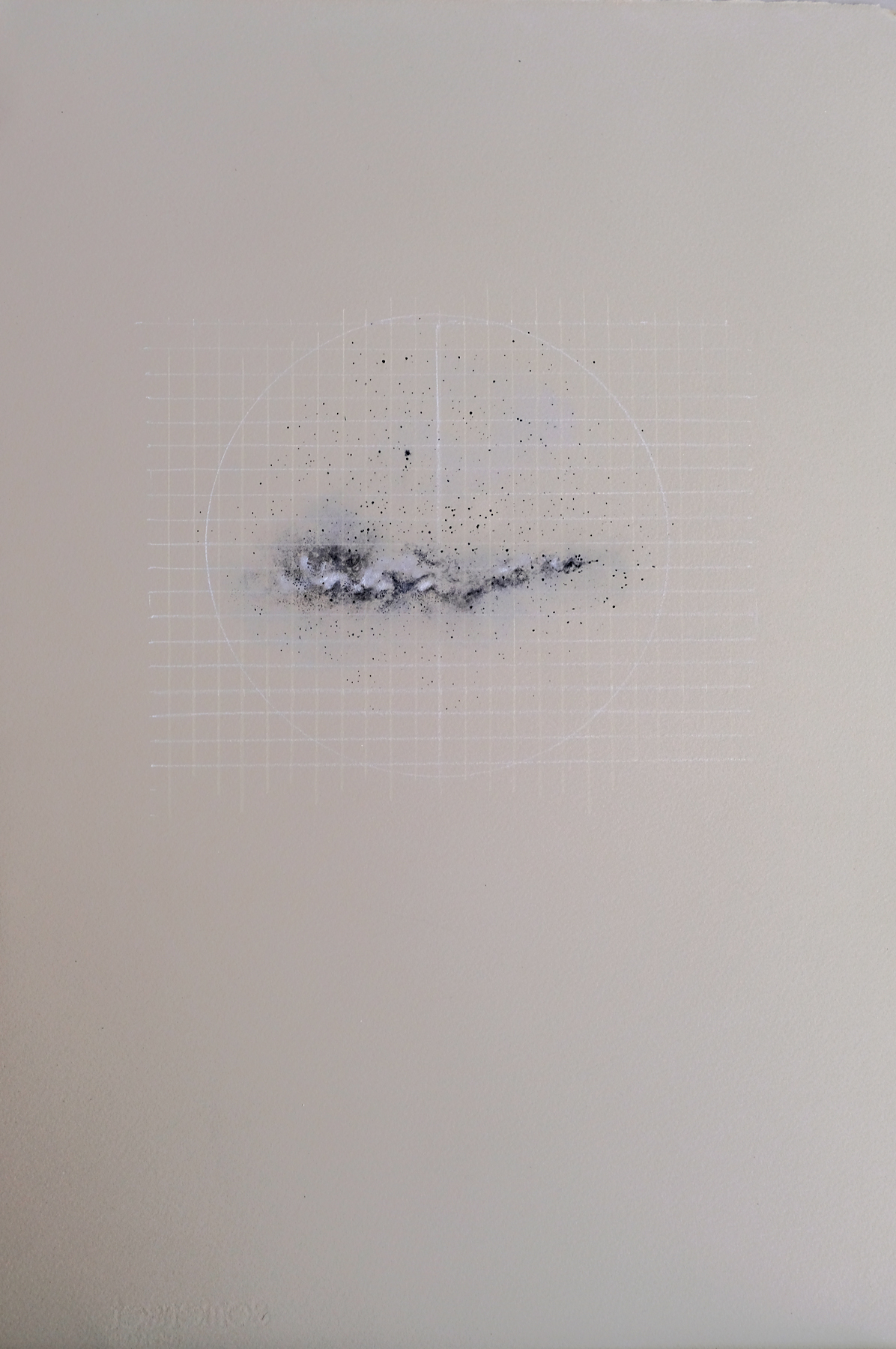Rohini Devasher
“Things are ok here for us at least. We're well into the second lockdown and we are far better off than many many others. The day goes in a blur of online school, cooking, cleaning, shopping, and sometimes work. It is a strange strange new world which has made so much clear, not just the air and skies but also the prejudice, indifference and privilege that we try (sometimes) to hide…I would be delighted to participate in a possible online exhibition. It feels more important than ever to reach out and celebrate communities and solidarities!” email correspondence 4/27/2020
“Things are ok here for us at least. We're well into the second lockdown and we are far better off than many many others. The day goes in a blur of online school, cooking, cleaning, shopping, and sometimes work. It is a strange strange new world which has made so much clear, not just the air and skies but also the prejudice, indifference and privilege that we try (sometimes) to hide…I would be delighted to participate in a possible online exhibition. It feels more important than ever to reach out and celebrate communities and solidarities!” email correspondence 4/27/2020







